Effective May 2025, Debora Rizzuto took over the Directorship following Laura Fratiglioni. In addition to being an Associate Professor in Geriatric Epidemiology at Karolinska Institutet (KI), Debora has also been the Vice Director and Scientific Coordinator of NEAR since 2018.
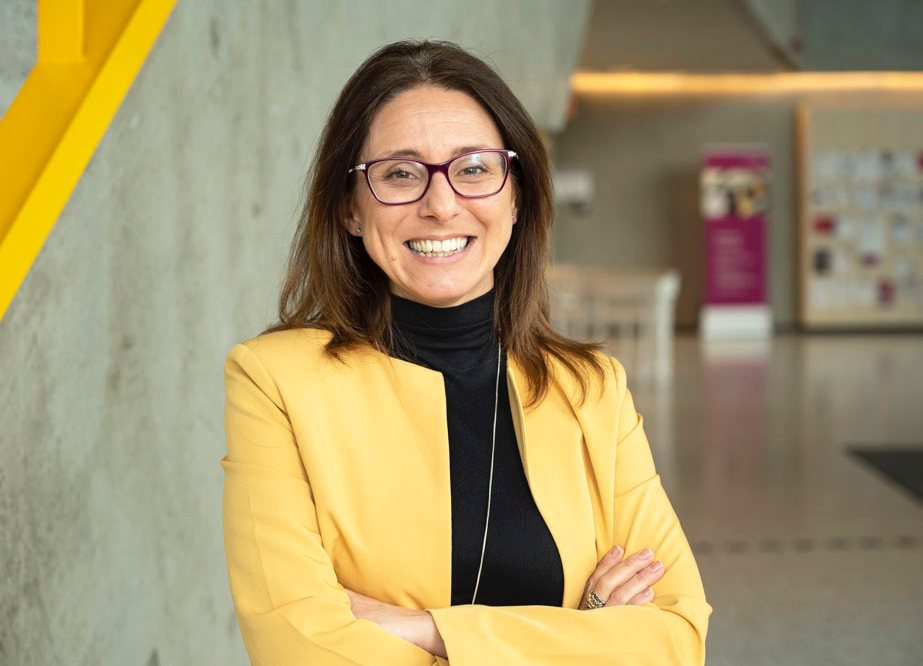
New NEAR Director, Debora Rizzuto. Photo: Stefan Zimmerman.
Hello Debora, and congratulations on your new position! How does it feel?
Thank you so much! It feels both exciting and a great honor to take on this role. Having been part of NEAR since 2018 as the Scientific Coordinator and Vice Director, I have had the privilege of witnessing its growth and contributing to its development. It is a natural next step to take on the Directorship, and I look forward to continuing to build on the foundation that Laura Fratiglioni established.
How do you envision your first 90 days in this role?
The first 90 days will be about continuity and transition. While I’m already familiar with the workings of NEAR, I plan to focus on deepening relationships within the organization. This means working closely with the NEAR team to ensure that we are aligned on our current priorities and long-term goals. Additionally, I will focus on enhancing collaborations with external partners, including funding agencies, research institutions, and other key stakeholders. A key area of focus will be strengthening our collaborations with Nordic research infrastructures, which will be crucial for expanding NEAR’s impact and advancing aging research in the Nordic region and internationally.
What are your long-term goals and vision for NEAR?
My long-term vision for NEAR is to continue fostering world-class research in aging, focusing on integrating new technologies, data sources, and interdisciplinary approaches. I also want NEAR to actively be part of developing statistical methods, which can be used when working with multi-center data, and when encountering common issues such as data missingness. I aim to strengthen NEAR’s position as a leading infrastructure in Nordic aging research by expanding collaborations within the Nordic region and globally. This includes improving access to the data and resources available through NEAR, so that researchers can make meaningful contributions to our understanding of aging and age-related diseases.
What do you believe are the essential qualities of a successful Director of NEAR?
A successful Director of NEAR needs to be visionary and collaborative, able to see the bigger picture while focusing on the organization’s day-to-day needs. Effective communication, the ability to build strong relationships with diverse stakeholders, and an understanding of the strategic importance of aging research are key. Also, having a strong scientific background, as well as a commitment to fostering a supportive and inclusive environment, is essential for driving NEAR’s continued success.
Being active both as a researcher, supervisor, course-leader, and Director, how do you wind down from work?
Maintaining balance is important to me. One of the ways I unwind is through CrossFit, which is a real passion of mine. It provides both a mental and physical reset, allowing me to push my limits and clear my mind. Besides CrossFit, I enjoy spending time outdoors and relaxing with family and friends. Taking time for myself is essential to staying grounded and maintaining the energy needed for my professional responsibilities.
Ingmar Skoog’s book “70 is the new 50” discusses how aging has changed over the past 50 years. The book is based on research results from the NEAR-based H70 studies, which examine the health of different birth cohorts of 70-year-olds. The oldest cohort of 70-year-olds was born in the 20th century (1901-02 and 1906-07) and new cohorts of 70-year-olds born in 1911-12, 1922, 1930, and 1944 have been assessed.
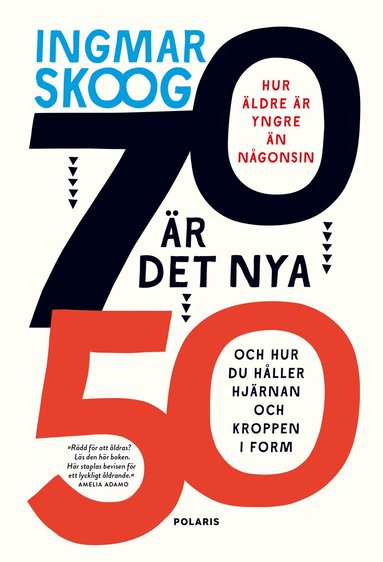
“We have examined 70-year-olds for more than 50 years and looked at a wide range of clinical, psychological, and social health factors concerning aging”, says Ingmar Skoog.
What has surprised Ingmar the most are the large improvements in almost all health aspects in later-born cohorts.
“We found radical differences such that later-born cohorts of older adults are intellectually sharper, physically stronger, less depressed, have more sex, and have a better blood pressure than their counterparts from previous generations”.
Skoog argues that today’s 70-year-olds have physical and mental abilities similar to 50-year-olds from just a few generations ago.
“Today’s 70-year-olds are almost twice as good at everything as 40 years ago. For example, among those born in the 1940s, two-thirds were better at logical reasoning than those born at the turn of the 20th century. Moreover, compared to 70-year-olds born in the 1930s, more than 50% of men and 3.5 times as many women managed to keep their balance for 30 seconds in the 1940 birth cohort. Later-born cohorts of 70-year-olds are also stronger and have better verbal and spatial abilities, a faster walking pace, and processing speed than earlier-born cohorts”.
The book covers everything from what happens in our bodies to societal changes as we age. It also provides a fascinating insight into how aging has changed in recent decades due to rapid historical developments.
“Tremendous medical and societal advances occurred during the 20th century. The cohort born in 1901-02 could not treat infections with antibiotics until 40 years old. They did not get vaccinations as children against dangerous diseases such as tetanus, diphtheria, and whooping cough. Also, high diastolic blood pressure was not treated until the 1960s, and systolic blood pressure was not managed until the 1980s. In recent decades, the chances of diagnosing and surviving a stroke, cancer, and cardiovascular diseases are also much higher and smoking has decreased. On top of this, laws and regulations have changed for the better, as have working and living conditions. Taken together, there are many reasons why we age better today than a few decades ago”, says Skoog.
Ingmar started working with the H70 studies in his thirties. He turns 70 in February and can look back at a 40-year career in aging research. However, he does not intend to quit his job just yet and he plans to continue working on the H70 studies for a few more years. Also, in 2023, he recorded 46 television programs and 28 radio programs for Studio 65, a program about life after 65 years, where he is an expert on each program.
“We are recording the third season now. It has already been decided that there will be a fourth and a fifth season. I will be relieved, however, since they will bring in another expert.”
Currently, 70-year-olds born between 1952 and 1954 are examined in the H70 studies. Does Ingmar think we will continue to see an increase in 70-year-old capacities in later-born cohorts?
“Maybe. We recently tested a group of 85-year-olds, and they are like 70-year-olds were a few generations ago. Future research results, however, depend on continued financial support. It takes time to learn the methodology for this kind of study and if this knowledge is lost to the next generation of researchers, we risk losing the longitudinal perspective with comparable viewpoints that make the H70 studies and other NEAR databases so remarkable.”
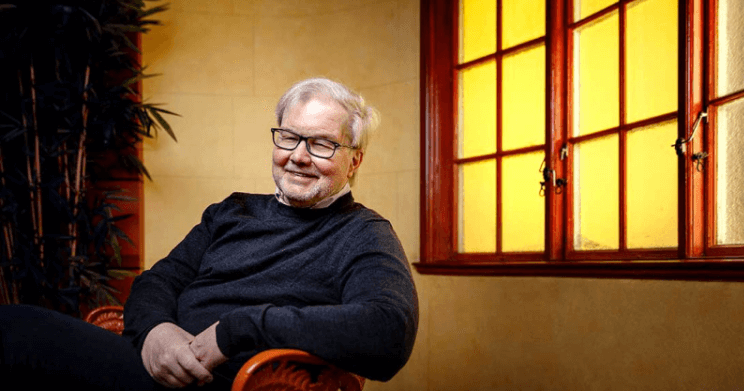
Ingmar Skoog. Photo: Stefan Edetoft
Ingmar’s best tip on aging healthy:
– Exercise. It is beneficial to our cells to exercise. Make sure you get both cardio and strength training. Muscles get weaker with age and it’s key to building resilience for future falls with muscles and balance.
– Eat well. Think about what you eat – opt for the Mediterranean diet that includes vegetables, nuts, olive oil, fish, and maybe chicken. Eat less red meat. Treat yourself to an occasional treat.
– Sleep. Try to get seven to nine hours of sleep per night. The brain is active during sleep, washing away harmful substances and consolidating and repairing broken memories.
– Socialize. Humans are gregarious animals that need to socialize with others for health reasons. Research shows that being alone is dangerous, even if you don’t feel alone.
– Monitor cardiovascular health. High blood pressure, high cholesterol, and diabetes do not necessarily cause noticeable symptoms. Go for a health check.
– Keep your brain active. Give your brain a variety of exercises. If you only do crossword puzzles, your brain will only be adept at crossword puzzles. Do cultural activities or sing in a choir.
– Keep your curiosity. Try new things, do things you’ve dreamed about – surprise yourself!
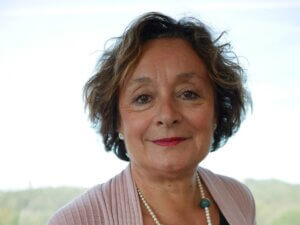
Photo: Maria Yohuang
The Swedish Society of Medicine (SLS) awards SEK 150,000 annually to someone who has made outstanding contributions to Alzheimer’s research. This year, the Bengt Winblad Prize is awarded to the Director of NEAR, Laura Fratiglioni, Professor of Medical Epidemiology, focusing on dementia diseases at the Department of Neurobiology, Care Sciences and Society, Karolinska Institutet.
Laura Fratiglioni is awarded the prize for her outstanding contributions to neuroepidemiology. These contributions have increased the understanding of the risk factors that lead to dementia, especially Alzheimer’s disease. One of her most significant contributions is the construction of SNAC-Kungsholmen (SNAC-K), a NEAR-based population study that includes thousands of individuals, has long follow-up times, and whose results have led to groundbreaking discoveries in dementia.
“I am happy and honored to receive the Bengt Winblad Prize 2023 from the Swedish Medical Society. It is a special prize for me and I feel very grateful to the Swedish scientific community and in particular, Bengt Winblad. Bengt has given me the opportunity to conduct research on the brain and brain diseases, which has always fascinated me. I was also given the freedom to do it “my way”. I would like to dedicate this award to all my colleagues at the Aging Research Center, especially my ‘Magnificent 7, who have helped me develop high-quality research for many years. Grazie di cuore”, says Laura Fratiglioni.
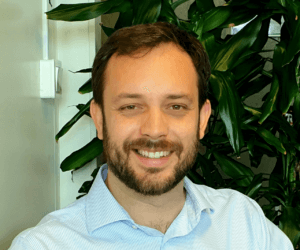
Photo: Federico Triolo
In January 2023, Davide Liborio Vetrano joined the NEAR Central Operational Group as a Scientific Promoter. We asked him a few questions to get to know Davide better.
You are now a NEAR team member. Tell us who are you?
I am originally from Italy. I have an MD degree and a geriatric medicine specialization from the Catholic University of Rome. My research interests include the understanding of the risk profile, longitudinal development, and impact on the quality of life of two major geriatric syndromes; multimorbidity and frailty. I am currently an associate professor in geriatrics at the Aging Research Center at Karolinska Institutet and Stockholm University. I lead a group of Ph.D. students and postdoc researchers who work on several projects, of which I am the principal investigator (PI).
What will you do at NEAR?
As a scientific promoter, I will work to increase NEAR’s visibility in the scientific arena. I will do this through the organization of focused symposiums at several pertinent international conferences etc. I will also help to increase and maintain collaboration between NEAR and several national and international potential partners, from both academia and the private sector.
What did you do before coming here?
Before starting my collaboration with NEAR, I worked for several years as a researcher, first as a postdoc, then as an assistant professor at the Aging Research Center. I was and am currently involved in several international projects focused on the identification of clinically relevant models to measure multimorbidity and frailty in older people. My ultimate goal has always been to improve older people’s risk stratification to provide better, effective, and sustainable care.
What do you do when you get home? In your spare time?
In my spare time, I mostly spend time with my family, engaging in outdoor activities, baking pizza, and watching movies. In the remaining time – during the night – I play guitar and paint.
Motto: Live when everyone else sleeps
Once again, we are very happy to welcome Davide to our NEAR team. We are convinced that he will contribute knowledge and scientific promotion to NEAR’s development.
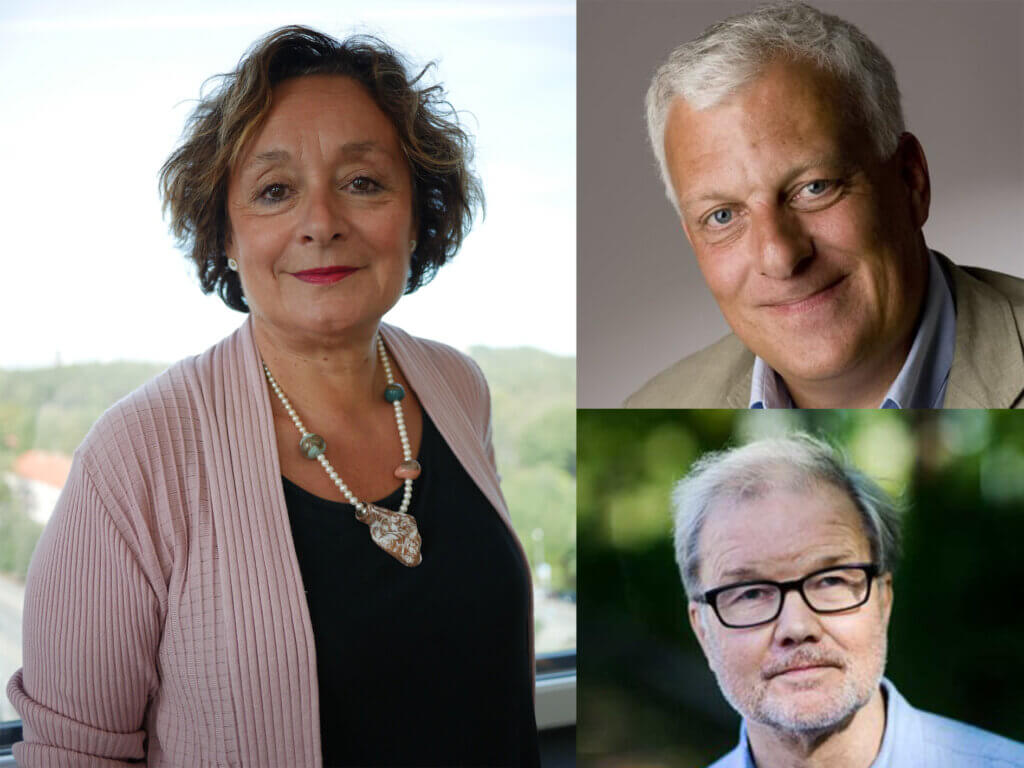
Laura Fratiglioni, Johan Sanmartin Berglund, Ingmar Skoog
The Ministry of Social Affairs recently decided on new appointments for the members of the Council on Geriatric Research, among which we find profiles involved in the National E-infrastructure (NEAR), as well as researchers at the Aging Research Center (ARC) at Karolinska Institutet.
The Council on Geriatric Research was established in 2019 with the aim and purpose to foster communication between researchers and the Government of Sweden.
Laura Fratiglioni, Director at NEAR and Professor in Medical Epidemiology at ARC, Karolinska Institutet, Ingmar Skoog, professor at Gothenburg University and Johan Sanmartin Berglund, Professor at Blekinge Tekniska Högskola are all members of the council and involved in NEAR.
Mats Thorslund, professor emeritus in Social Gerontology and affiliated at ARC, is appointed as new member of the Council.
All members of the Swedish Goverment’s Council on Geriatric Research
- Magdalena Elmersjö, Associate Professor and Senior Lecturer in Social Work, Södertörn University
- Laura Fratiglioni, Professor in Medical Epidemiology and Director of NEAR, Karolinska institutet (ARC)
- Christine Gustafsson, Professor in Care Sciences, Sophiahemmet University
- Kristiina Heikkilä, Senior Lecturer in Health and Caring Sciences, Linnaeus University
- Linus Jönsson, Professor i Health Economics, Karolinska Institutet
- Miia Kivipelto, Professor in Clinical Geriatrics, Karolinska Institutet
- Clary Krekula, Professor of Social Work, Linnaeus University
- Amy Loutfi, Professor i Information Technology, Örebro University
- Erik Rosendahl, Professor in Physiotherapy, Umeå University
- Johan Sanmartin Berglund, Professor in Health Sciences, Blekinge Tekniska Högskola (BTH)
- Pär Schön, Associate Professor and Senior Lecturer in Social Work, Stockholm University and Karolinska Institutet (ARC)
- Ingmar Skoog, Professor in Psychiatry, University of Gothenburg
- Annika Taghizadeh Larsson, Senior Associate Professor in Gerontology, Linköping University
- Mats Thorslund, Professor em. in Social Gerontology, Karolinska institutet (ARC)
- Britt Östlund, Professor em. In Technology and Social Change, The Royal Institute of Technology (KTH)
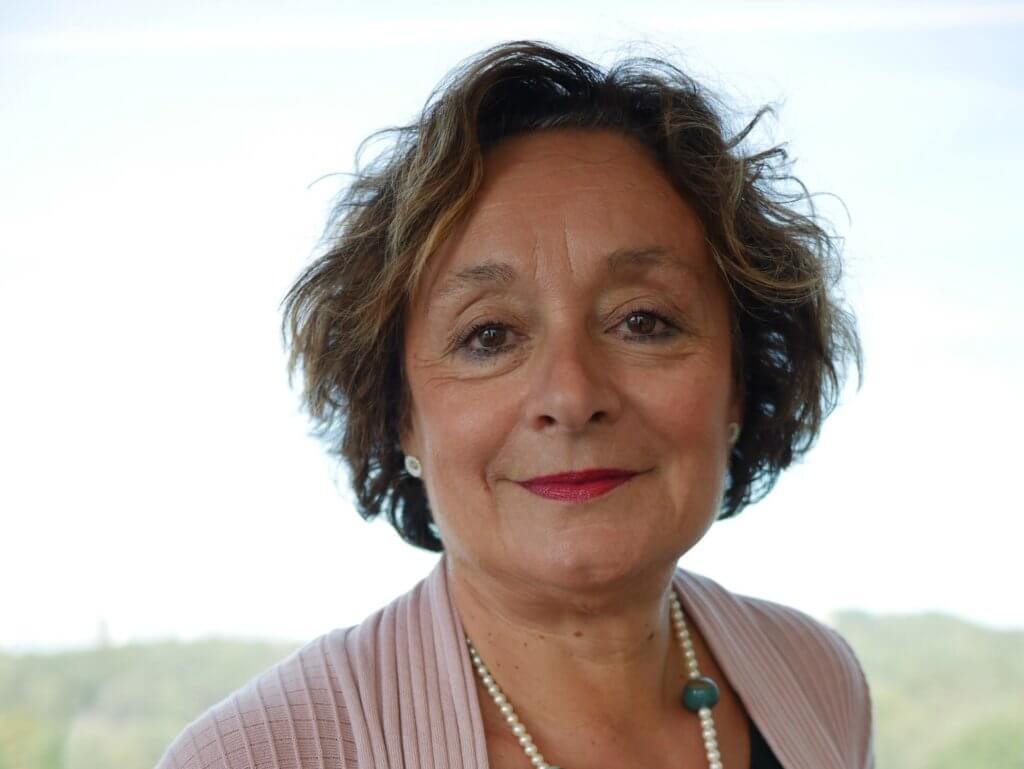
Photo: Maria Yohuang
Every year, the Great Gerontology Prize is awarded by the Swedish Gerontological Association, SGS to people who have made a name for themselves in the elderly and aging field. During the autumn, the SGS board received nominations and at the beginning of December it was announced that the recipient of the 2023 Great Gerontology Prize is NEAR Director Laura Fratiglioni, Senior Professor at KI and Aging Research Center!
During a long career, Professor Fratiglioni has contributed greatly to aging research and raised issues of the elderly and aging on the scientific and political agenda. Her research focuses on dementia, multimorbidity and functional impairment in the elderly.
– I am delighted to have been awarded the major gerontology prize by the Swedish Gerontological Society. It means a lot to me that my efforts in Aging Research are appreciated and recognized through this award.
On March 27, Laura Fratiglioni will give her award lecture on Gerontology Day at Linköping University, Campus Norrkoping.
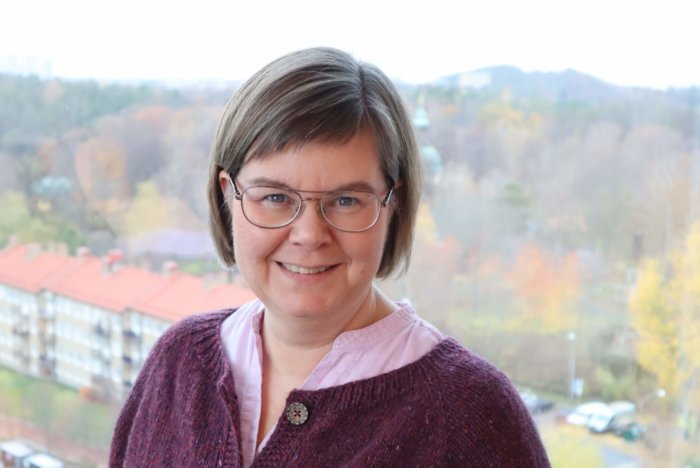
Photo: Maria Youhang
From the 1st of November we are happy to welcome Maria Wahlberg as a Database Coordinator in the NEAR team.
Maria has a Master of Science degree in Statistics from Linköpings Universtitet. She has worked as Data manager for the Kungsholmen Project since 1997 when she began her carrier at Karolinska Institutet. Since the start in 2001 Maria has also worked as Data manager for SNAC-K. The last 10 years she has been part of the SNAC-K executive group as well as the national SNAC coordination group.
– Maria is a strong addition to the NEAR team. With her long experience, large networks both at ARC but above all within SNAC, we are sure that Maria will contribute a lot of value to NEAR and be a natural link between all our database managers, says Debora Rizzuto, Scientific Coordinator NEAR.
We are very happy to welcome Maria to the NEAR Central Operational Group!
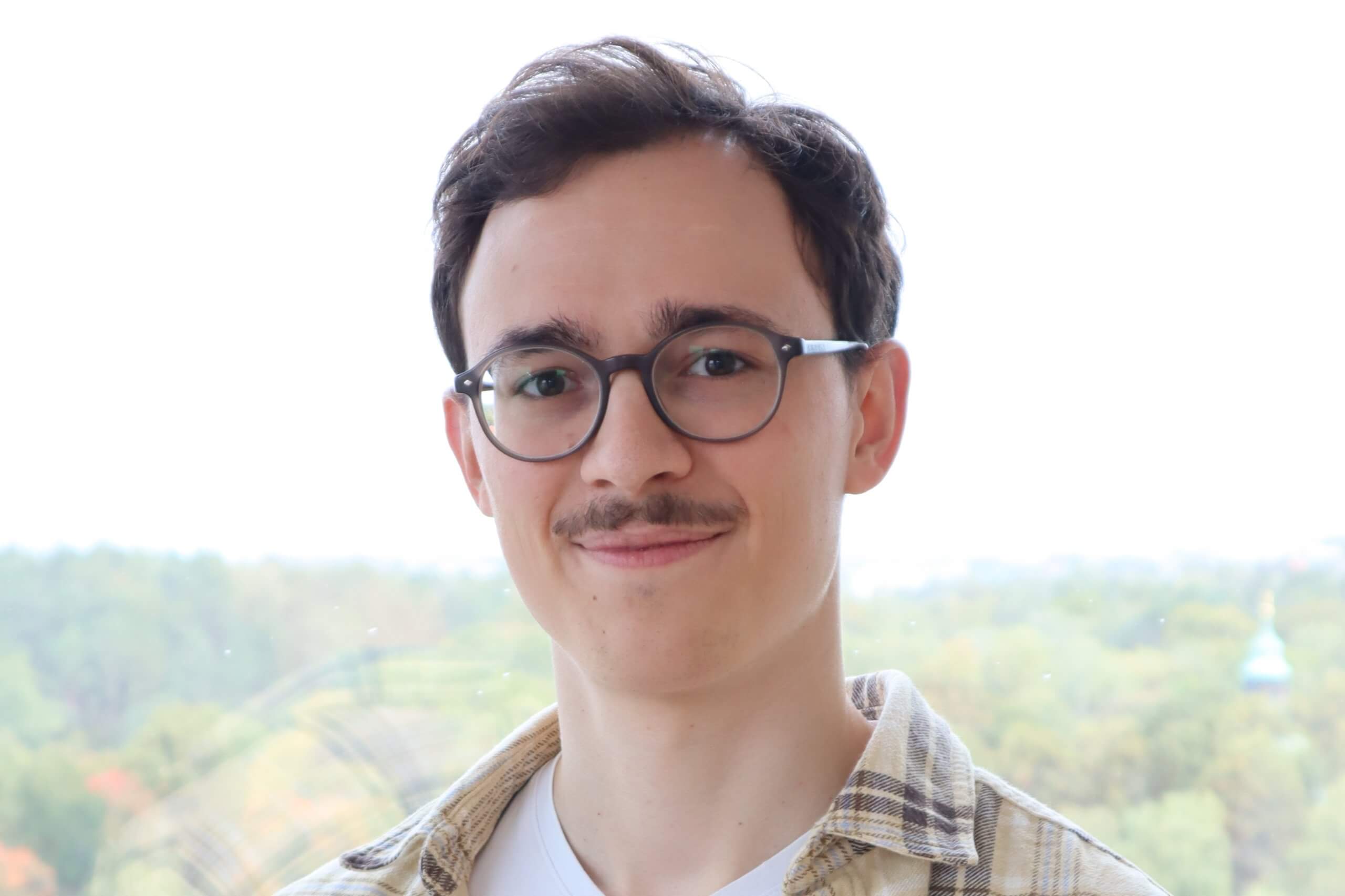 Photo: Maria Youhang
Photo: Maria Youhang
On September 15, Basile Rommes joined NEAR as a Software Developer. We took the opportunity to ask a few questions to get to know him a little better.
You are new to the team at NEAR. Tell us, who are you?
I am originally from Luxembourg, I have a Master of Bioinformatics from the University of Copenhagen and joined NEAR as a Software Developer. My interests include data wrangling, statistics, and website development. I also like teaching.
What will you do at NEAR?
As a Software Developer I will be involved in the development and maintenance of NEAR platform but also make clean metadata of the NEAR database and harmonize data. Scientists inside and outside of KI will work with me in the early stages of their project so they get the data they need. A big part of that involves harmonizing data coming from different cohorts, different waves within a cohort or different databases. By harmonization we understand the “translation” of a group of variables that describe the same thing into a uniform code such that it is usable for further analysis.
What did you do before you came here?
I was working for the Luxembourg Centre for Systems Biomedicine (LCSB), a biomedical research center. The group I was working with enabled the researchers to efficiently manage, analyze and interpret their data, so my tasks were quite similar to those at Karolinska Institutet. Now being here, seeing different solutions to the same problem have been very educational for me, and I plan to translate the methods and knowledge gained in data management to the challenges we face at Karolinska Institutet.
What do you do when you go home? In your spare time?
I enjoy doing sports, right now, especially bouldering/climbing which has risen much in popularity in recent years. I also love going out into nature and can’t wait to hike in the Tyresta nationalpark near Stockholm. Having freshly arrived in Sweden, I of course I also do a lot of tourism on my weekends, exploring the local Parks, Museums and Restaurants.
Once again, we are very happy to welcome you to our team at NEAR and are convinced that you will contribute a lot of knowledge that will contribute to the development of NEAR.








 Photo: Maria Youhang
Photo: Maria Youhang
